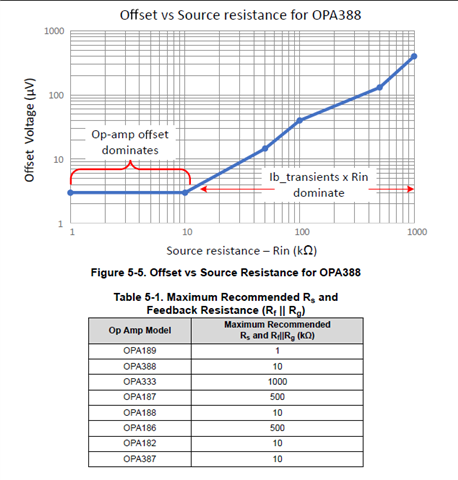Other Parts Discussed in Thread: OPA187, OPA333, OPA192
Hello
To get an image of the current, I would like to use the OPA182IDR in a differential circuit.
This calls for the use of a Zero DRIFT amplifier since the remeasurement needs to be exact less than 100uA.
Do I need an output filter to cut the 200KHz chopping frequency because I've never used this kind of amp?
Is it correct that, in my case, I'm using considerably higher resistance values than what the sboa586 application note indicates—that Rs and Rf//Rg = 10KR?
Is the system's input impedance adequate?
Thank you for your help



